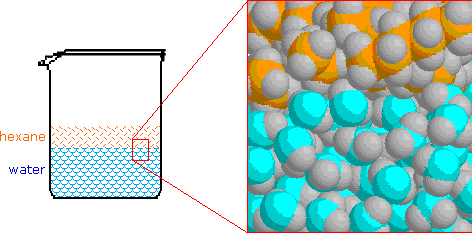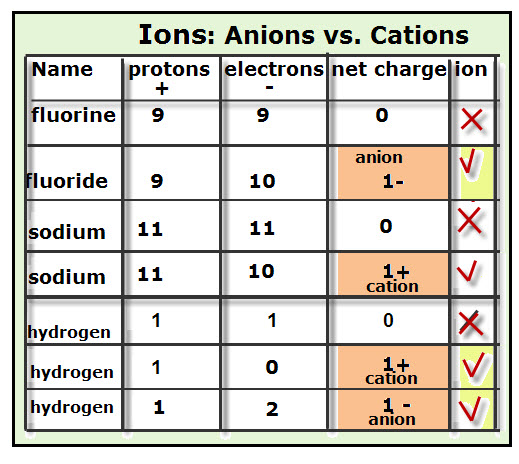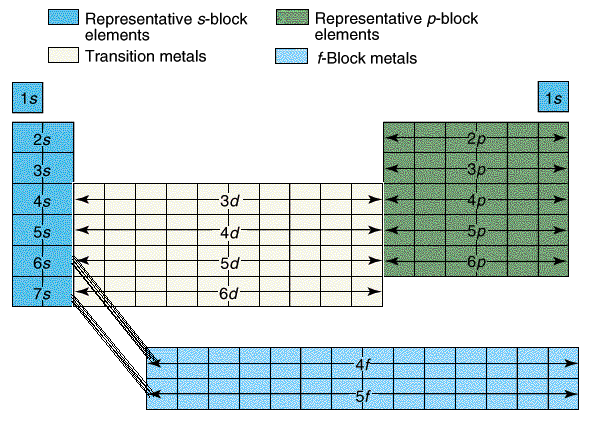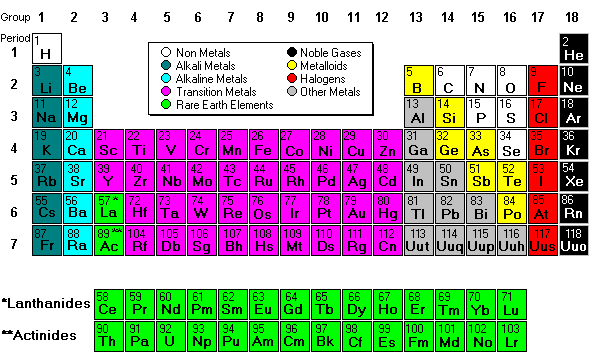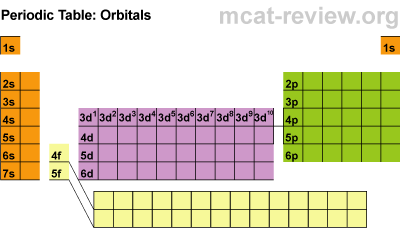 Battleship
Battleship, a classic game by Milton Bradley, is a game easily adaptable to learning electronic configuration.
Electronic
Configuration is an intense mathematical calculation proposed by Schrodinger & Heisenberg as a
way to predict where to find an electron around the nucleus in the
electron cloud model.
There are four main parts of the periodic table known as orbitals. The S
block, P block, D and F orbitals. Within each block, you just count over how
many spaces it is. There are seven energy levels that are loosely based on the period that an element is (the D & F blocks are exceptions to energy levels). The
D block is dumb and that's why it starts with one number lower. Really
they just have less energy and have the same amount of energy as the S
and P block in the 3rd period. The F block are failures and that's why
they are 2 lower... or they have a lot less energy.
So to identify Hydrogen you would say 1s2
because it is in the first period or first energy level, in the s block, and the first member
of the first block. Carbon is a 2P2
because it is in the 2nd period, in the P block, and the 2nd one over in
the P block.
Students
learned the pattern of electronic configuration and how to use it.
Basically its like giving directions to an element on the PT using set
landmarks. It is a bit confusing, but once you get the pattern, its not
too bad.
Students practiced a bit and then they
played Battleship to practice some more. The Periodic Table became the
game board and students hid their ships on it, then guessed hits using
the electronic configuration of the atoms. I think they really got the
hang of it because I did not field many questions at that point.
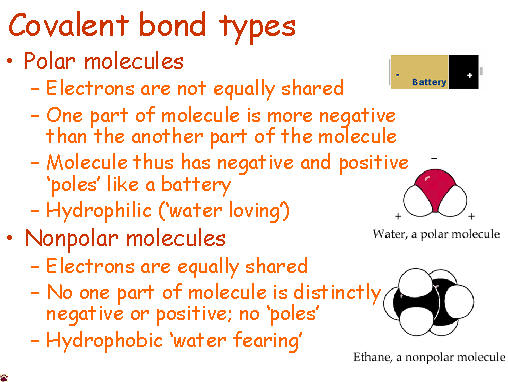 Anyone who has ever had to share something with someone else knows that sometimes isn't exactly even. Covalent molecules or bonds are no different.
Anyone who has ever had to share something with someone else knows that sometimes isn't exactly even. Covalent molecules or bonds are no different. 


